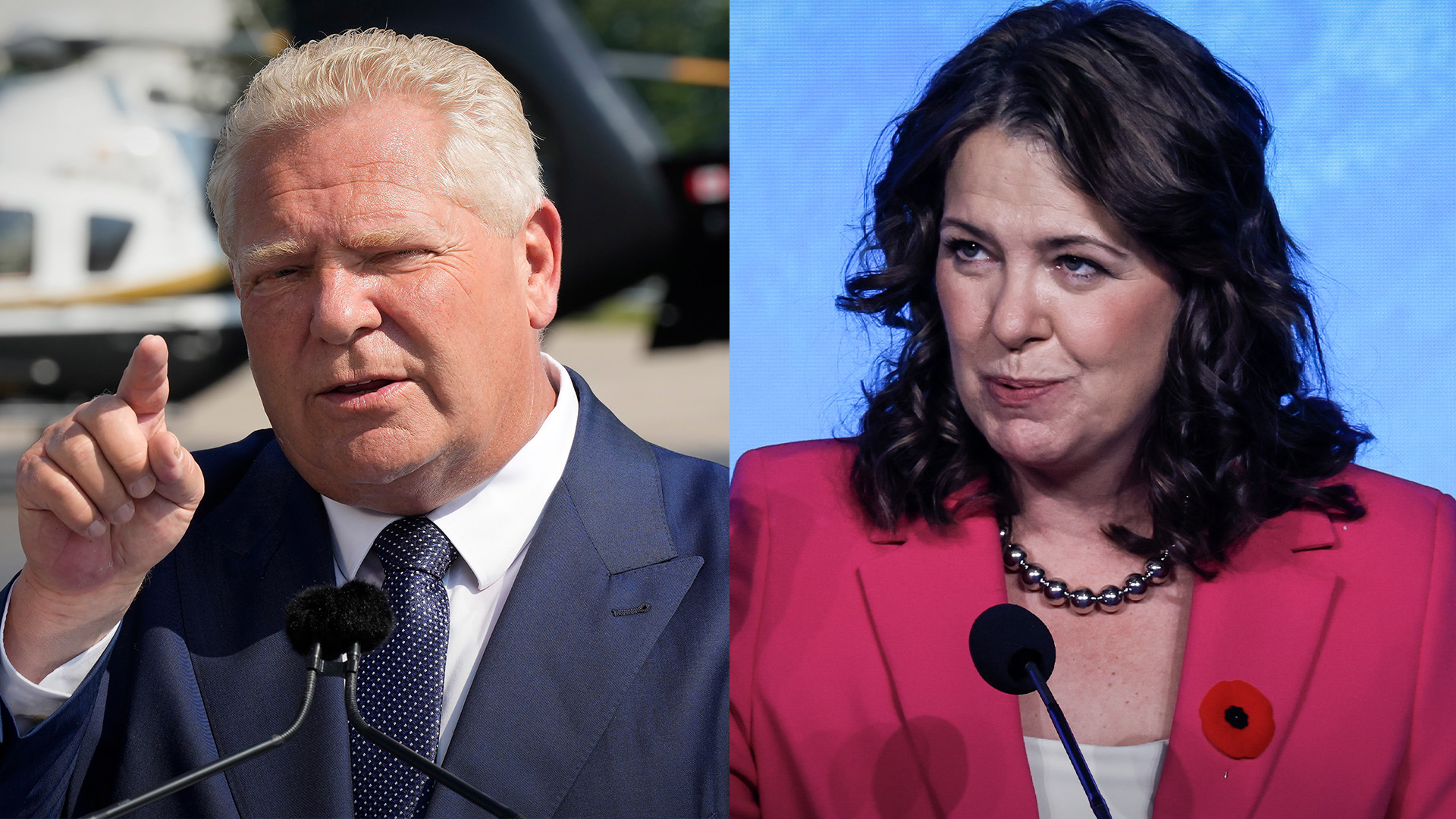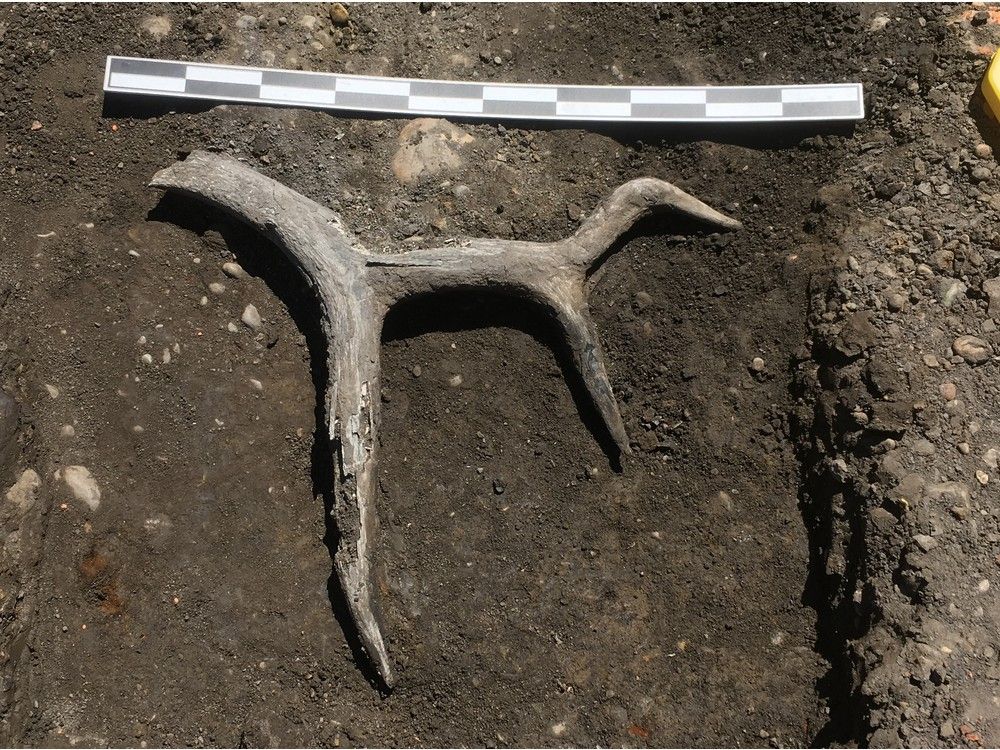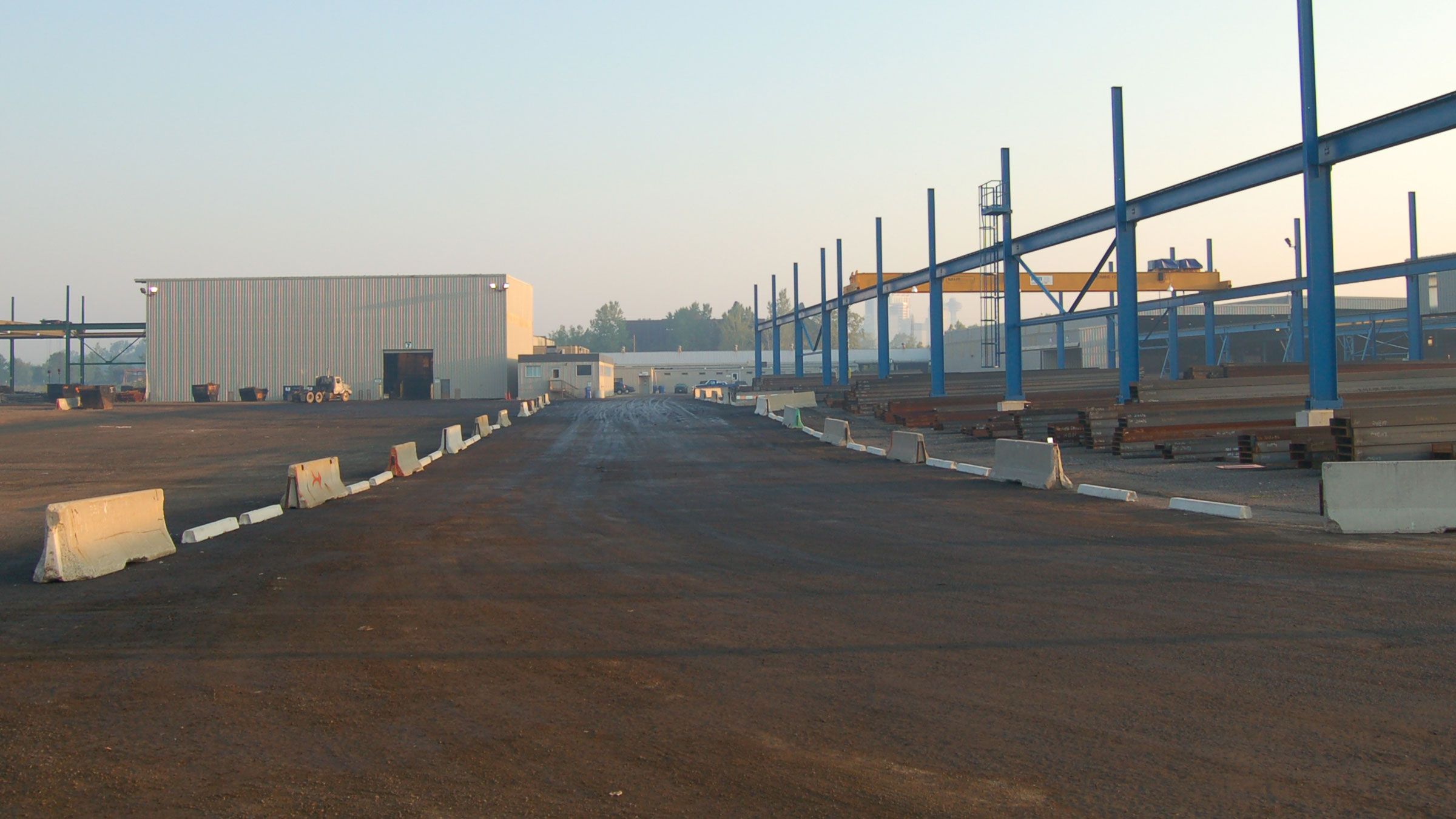Why politicians and industry groups are calling Mexico a ‘backdoor’ for Chinese EV automakers
;Resize=(620))
Politicians and auto industry groups in the U.S. and Canada have upped their criticism of Mexico, expressing concern that the country is becoming a haven for Chinese automakers trying to circumvent North American tariffs on its products.
Ontario Premier Doug Ford suggested this month that Mexico be kicked out of the Canada-United States-Mexico-Agreement (CUSMA), the trilateral trade agreement that will be up for review in 2026.
Ford said that Mexico has become a “backdoor” for Chinese auto part makers and car manufacturers, amid a growing perception that Mexico is allowing Chinese manufacturers to set up shop on its shores to circumvent strict tariffs imposed by the U.S. and Canada.
The U.S. and Canada penalized Chinese electric vehicles, steel and aluminum this year in a bid to combat Chinese overcapacity and shore up domestic manufacturing. Some have criticized Mexico for not matching the tariffs in solidarity with its North American trade partners, and U.S. president-elect Donald Trump has threatened to slap Mexico with additional tariffs. Mexican officials have warned that the country would retaliate.
Ford’s claim about Mexico is “making the rounds in Washington, and has been for some time, that the Chinese have redoubled their efforts to find a way into North America, and they’re looking at all of the opportunities [to do so],” said Flavio Volpe, president of the Automotive Parts Manufacturers’ Association, during a recent interview on CBC’s Metro Morning.
Trump has promised a 10 per cent tariff on all imported goods and has indicated that his administration will renegotiate the terms of CUSMA (also known as USMCA). Trump has accused China of bypassing the agreement by importing car parts into the North American market via Mexico.
There was a 60 per cent surge in shipping container exports from China to Mexico in January 2024 from the same time last year, according to an analysis by shipping intelligence firm Xeneta, with the author suggesting the possibility that China is using Mexico to circumvent tariffs by the U.S.
Alberta Premier Danielle Smith and Ontario Premier Doug Ford have both said Mexico should be cut out of the North American trade agreement and Canada should sign a bilateral deal with the U.S., proposals that would curry favour with U.S. president-elect Donald Trump.
How the so-called ‘backdoor’ works
In the U.S., the Trump and Biden administrations have “used protectionism as a way to kind of make sure that the investments in electric vehicles particularly, and automotive plants especially, don’t get eroded by this idea of a backdoor,” said Dimitry Anastakis, a professor of Canadian business history at the University of Toronto.
How does that backdoor work? Tariffs apply to exports (for example, cars that are built in China and then shipped to North America). By slapping tariffs on exports, they become more expensive for the consumer, who might then be incentivized to buy a less expensive, domestic-made option.
Under the current terms of the trade agreement, countries have to hit a certain percentage of North American content to qualify as a duty-free export — namely, 75 per cent for cars and “core” auto parts. Between 40 and 45 per cent of the product has to be made by workers earning a minimum wage of $16 US per hour.
But some fear those conditions are being circumvented through a process called “transshipment,” in which Chinese raw materials are brought to and assembled into a final product in Mexico — with a made-in-Mexico label — ultimately exempting the product from U.S./Canada tariffs.
“The fear is that there’s going to be re-importation, that they’re going to have a system where the Chinese are able to set up rudimentary facilities that kind of look like their assembly facilities, do a basic, low-level content that may have some North American content, but in fact, it is a sneaky way to get through the backdoor in an effort to avoid the tariffs that have been imposed by Canada and the United States,” said Anastakis.
Juan Carlos Baker Pineda, Mexico’s former vice-minister for external trade, was quoted by the BBC saying that while the Chinese origin of materials coming into Mexico “may be uncomfortable for the policies of some countries … according to international trade legislation, those products are, to all intents and purposes, Mexican.”
Ontario Premier Doug Ford pitched kicking Mexico out of the North American free trade pact. Former Mexican USMCA negotiator Juan Carlos Baker says Ford’s comments ‘do not’ reflect the reality of North American trade.
Which Chinese companies are eyeing Mexico?
Some industry groups and lawmakers have called on Canada and the U.S. to block auto part imports from Mexico that originated in China, saying that the practice could have dire consequences for the domestic auto industry.
“The threat [from] parts and materials that aren’t Mexican, that might come through Mexico, is that they would displace the investments that auto suppliers have made in this continent to manufacture goods and meet the USMCA definition of local content,” explained Volpe.
“This isn’t a growing market. Any new source is a displacing source. So if you source five per cent of those components from China, for example, then you’d be losing that same volume for the investments that operate here, and presumably the workforce.”
A July 2024 report by political think tank Wilson Center asserted that China’s attempts to indirectly access the U.S. market through Canada and Mexico has become a significant worry. The report says that Chinese exports to Mexico have “increased significantly” with hundreds of firms setting up operations in North America.
“Nevertheless, other figures show fears of a ‘red wave’ quietly infiltrating North American supply chains are overblown,” wrote the report’s authors, Earl Anthony Wayne and Diego Marroquín Bitar. They pointed to Chinese foreign direct investment in Canada and Mexico being comparably minuscule to that of the U.S.
“The real concern isn’t the scale of [Chinese] FDI in Mexico — it’s the rapid growth. While still lower than other countries, Chinese FDI is expanding at an unprecedented rate,” Marroquín Bitar later wrote on X.
Chinese electric vehicle maker BYD — like its peers Chery and SAIC — has publicly shared plans to build a manufacturing plant in Mexico, and is reportedly courting state governments for incentives (such as tax cuts and public land) that will enable it to do so. Mexico’s federal government, meanwhile, has refused to offer incentives, given pressure from the U.S.
Chinese auto part companies are also setting up around Monterrey, Mexico, in anticipation that Elon Musk’s Tesla will eventually build a new Gigafactory there. The project was confirmed to be on pause in the summer, with Musk saying that he would wait out the results of the presidential election to weigh the risk of tariffs by a Trump administration that he is now part of.
“One of the things that the auto industry wants is stability,” said Anastakis, the professor, with automakers slowing their roll on EVs amid a downturn in growth and a bumpy political landscape.
“If there’s so much uncertainty and disruption, car manufacturers are just going to pull back. They don’t know what’s going to happen, and that’s going to have such a profound knock-on effect.”





